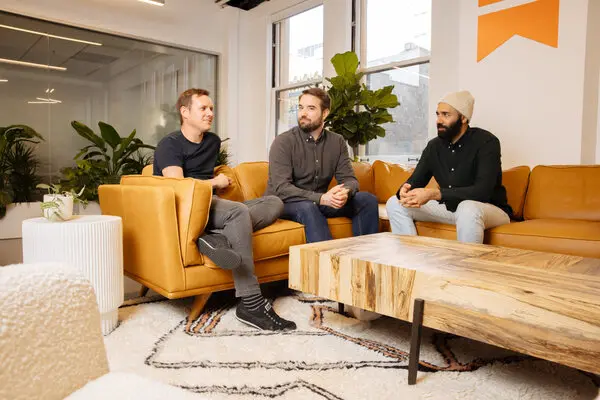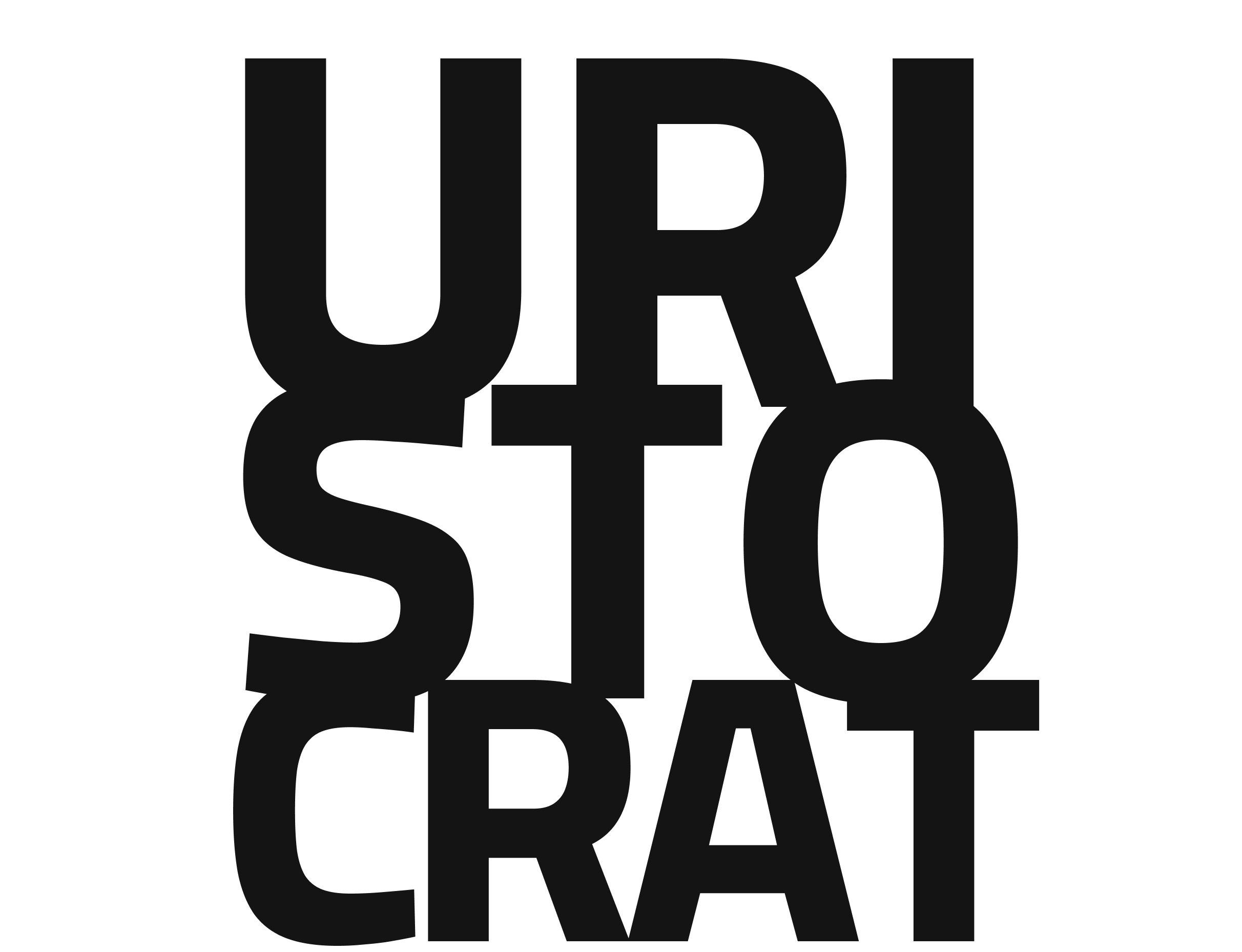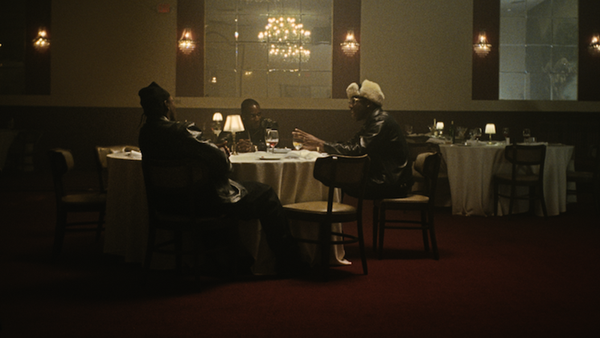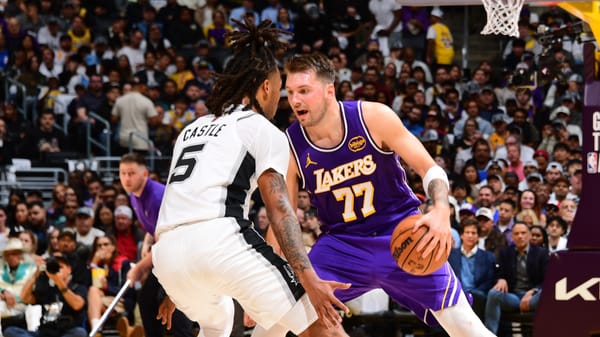Substack's $100 Million Investment: The Creator Economy's Strategic Play

Substack announced a $100 million Series C funding round Thursday, bringing its valuation to $1.1 billion — a 70% increase from its 2021 valuation of $650 million. The round was led by technology investment firm BOND and Peter Chernin's The Chernin Group, with participation from Andreessen Horowitz, Klutch Sports Group CEO Rich Paul, and SKIMS co-founder Jens Grede.
Substack writers and creators have amassed more than 5 million paid subscriptions in total as of March 2025, up from 2 million in 2023 — a 150% increase that represents genuine subscription growth, not vanity metrics. More importantly, hundreds of millions of dollars flow from audiences to creators on the platform every year, establishing Substack as a legitimate economic engine rather than just another content platform.
This funding arrives at a moment when creator anxiety about platform dependence has reached critical mass. TikTok faces ongoing regulatory uncertainty. Instagram's algorithm changes consistently frustrate creators. Twitter's transformation under Elon Musk has created widespread creator migration. YouTube's monetization policies remain opaque and subject to sudden changes.
Substack is "doubling down on the Substack app, which is designed to help audiences reclaim their attention and connect with the creators they care about" — positioning itself as the anti-algorithm platform where direct creator-audience relationships replace engagement manipulation.
The Celebrity Investor Strategy
Rich Paul's participation signals something significant about Substack's ambitions beyond traditional publishing. Paul represents athletes who understand personal brand monetization at the highest levels — exactly the expertise needed as Substack expands beyond newsletters into video, audio, and community features.
Jens Grede's involvement brings direct-to-consumer fashion insights from building SKIMS with Kim Kardashian. His presence suggests Substack recognizes that creator monetization increasingly resembles brand building more than traditional publishing.
The Competitive Moat
While competitors like Ghost and Beehiiv charge monthly fees, Substack's percentage-based model scales with creator success. This creates natural selection pressure where only genuinely valuable content survives, building platform quality organically.
The company recently launched a $20 million Creator Accelerator Fund to help creators migrate from platforms like Patreon and Supercast, guaranteeing revenue during transitions. This isn't just customer acquisition — it's strategic creator talent poaching from platforms with weaker monetization models.
What This Means for Media
Traditional media companies struggling with digital transformation should pay attention to Substack's thesis: audiences will pay directly for content they value when platforms remove friction and manipulation from the equation.
"Audiences vote with attention and money for the culture they want, acting as collaborators in shaping a media ecosystem rooted in intention and connection", according to Substack's funding announcement. This represents a fundamental shift from advertising-supported content to subscription-supported creators.
The platform's app approach — creating an environment designed to "help audiences reclaim their attention" — directly challenges the engagement-optimization models that have dominated social media. Instead of maximizing time-on-platform through algorithmic manipulation, Substack optimizes for genuine audience-creator value exchange.
What's Next
The funding will support expanded app development, creator tools enhancement, and international expansion. But the real opportunity lies in proving that direct creator-audience monetization can compete with advertising-based platforms at scale.
If successful, Substack's approach could influence how all creator platforms structure economics. The current model — where platform success depends on advertiser happiness rather than creator success — may prove historically anomalous rather than inevitable.




